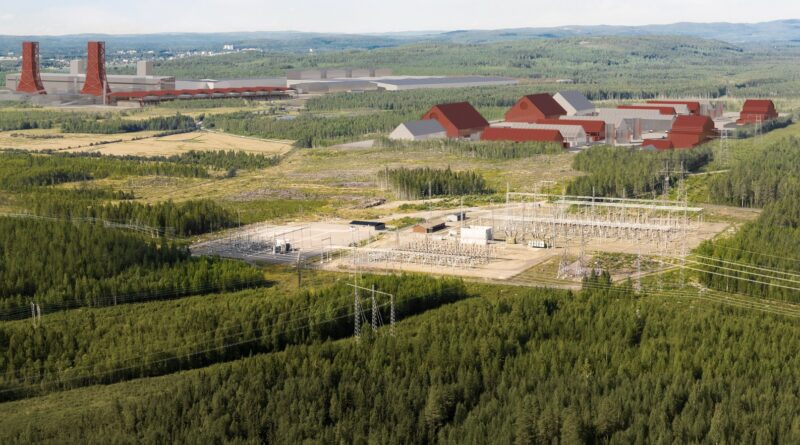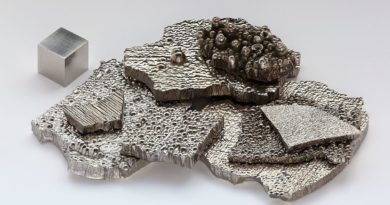Steel’s sustainable journey unveiled, worldsteel.com
The world relies heavily on steel, a vital component touching various sectors, yet its production contributes substantially to CO₂ emissions. Acknowledging this, the World Steel Association is resolute in reducing the industry’s environmental footprint. In 2020, 1 metric ton of steel production emitted 1.891 metric tons of CO₂, totaling 2.6 billion metric tons of CO₂ for 1,860 million metric tons of steel, comprising 7% to 9% of global anthropogenic CO₂ emissions.
The association’s Climate Policy embodies three crucial principles: emission reduction, collaborative partnerships, and transparent reporting. This policy underlines the industry’s commitment to sustainability through emissions reduction, partnerships for shared progress, and accountability for environmental impact.
Three fundamental elements are pivotal for industry transformation: improved production processes, innovative product development, and the adoption of circular economy principles. Embracing these elements can revolutionize industries and steer them toward sustainability, where the steel sector aims to play a leading role.
Efficiency improvements, technological innovations, and scrap utilization are pivotal strategies to reduce emissions. The Step Up program, aiming for efficiency practices, could potentially decrease emissions by up to 50% in scrap-based facilities and 20% in ore-based steelmaking sites.
Utilizing scrap in steel production significantly reduces emissions and resource consumption, highlighting its importance in the industry’s sustainable journey. The upcoming availability of scrap from steel produced in the early 2000s promises a reduction in emissions.
While existing ironmaking processes heavily rely on fossil fuels, transformative approaches involving carbon capture, hydrogen substitution, and electrolysis based methods are under development. These approaches seek to minimize or eliminate CO₂ emissions from ironmaking.
Implementing low-emission steelmaking technologies requires a varied approach, depending on resource availability and policy support. Cost implications, increased operational and capital expenses, will accompany this transition, posing challenges for the industry.
Governments, industries, customers, and investors play crucial roles in transitioning to low-carbon steel production. Collaborations, policy support, investments in research, and demand for eco-friendly materials are imperative for a sustainable steel industry.




